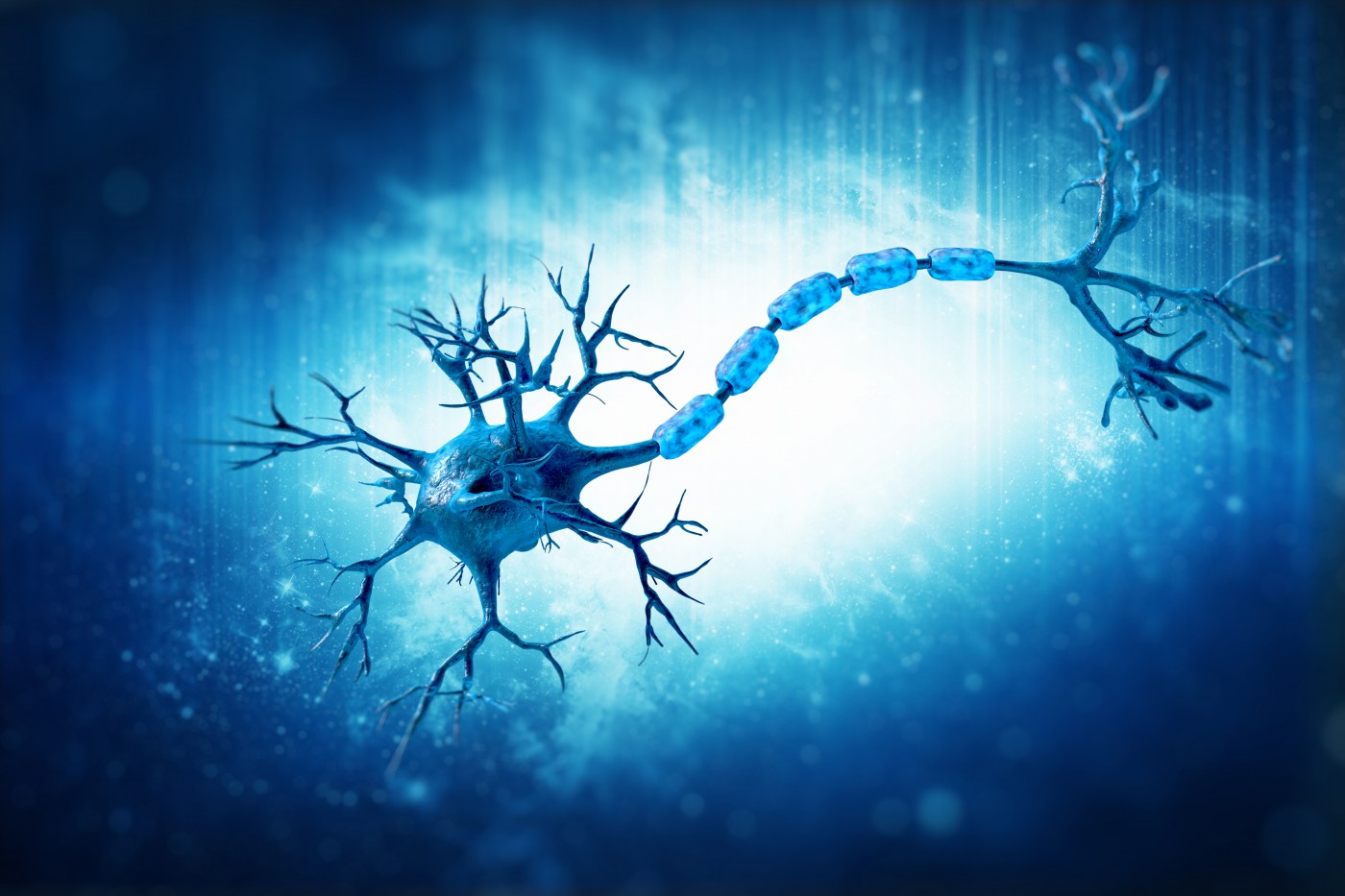ACTRIMS 2016 Talk Weighs Clinical Differences, Similarities in 2 Major Forms of MS

Dr. Wayne Moore, from the University of British Columbia and the Vancouver General Hospital, will present an overview and analysis of the major histology and pathology aspects that characterize and differentiate relapsing-remitting multiple sclerosis (RRMS) and progressive forms of the disease, primary progressive MS (PPMS) and secondary progressive MS (SPMS). The presentation aims to inform and clarify the similarities and differences between all the clinical expressions of multiple sclerosis.
Dr. Moore’s presentation at the Americas Committee for Treatment and Research in Multiple Sclerosis (ACTRIMS) Forum 2016 is titled “The Histopathology of RRMS versus Progressive MS: Distinctive and Overlapping Features” and part of Session 3, “Highlights: Neuropathological Studies and Clinical Trials,” taking place on Friday, Feb.19.
RRMS, the most common form of the disease, is characterized by clearly defined “attacks” of worsening neurological function followed by recovery periods (remissions), where symptoms ease or disappear and disease progression seems to slow or stop. The hallmark lesions of this disease course is MS plaque, a focal region of myelin loss in relapse followed by the remyelination during remission, a period also attributed to ion channel remodeling and loss of inflammation.
Progressive MS comprises PPMS and SPMS, with the latter a new disease phase of RRMS. Ongoing research into progressive MS attributes the disease’s course to permanent changes in MS plaques, with ongoing demyelination and persistent inflammation. Moreover, clinical progression of progressive MS is attributed to axonal loss due to neurodegeneration, and also to changes in non-plaque white matter parenchyma and non-plaque gray matter.
Several potential pathogenic mechanisms have been attributed to the neurodegeneration observed in progressive MS, including the immune and inflammatory response in plaques, a breakdown in the blood-brain barrier (allowing the entrance of toxic substances and pro-inflammatory cells), demyelination, sodium channel expression or insertion in axolemma (cell membrane surrounding the axon), and mitochondrial dysfunctions.
PPMS and SPMS share a number of similarities, Dr. Moore said in his ACTRIMS abstract, namely the frequency of cortical MS plaques and axonal loss. However, some features differ between the two types of progressive MS. For example, there are fewer cerebral white matter plaques in PPMS, and a greater degree of axonal loss in plaques and remyelination.
The ACTRIMS 2016 program, titled “Progressive MS: From Bench to Bedside and Back,” continues through Saturday, Feb. 20, in New Orleans.






